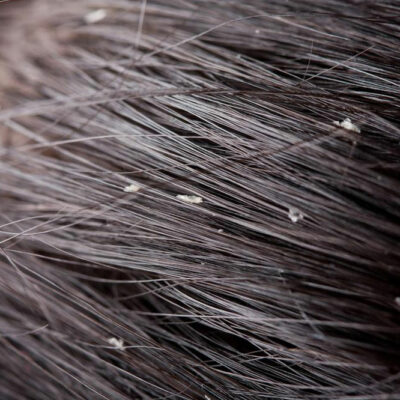
Treatment Options for Spinal Muscle Atrophy
Spinal muscular atrophy often develops in children, and is a group of genetic disorders that affects normal body movements. The individual cannot control the movements of their muscles since there is a significant loss of nerve cells in the spinal cord and the brain stem. This disease causes significant muscle loss and causes excessive weakness.
This neurological condition is a type of motor neuron disease, and the individual cannot walk, control head movements, breathe, or swallow properly. You often see that there’s a significant change in the shape of the limbs, the spine, or chest due to muscle loss and weakness. While there is no cure for this condition, there are several Treatment Options for Spinal Muscle Atrophy that help a person live a fuller life.
The treatment includes two medications that are approved by the FDA. These medications are gene therapies that affect the genes that are involved with Spinal muscular atrophy. These genes give clear instructions to your body to help make proteins that aid in controlling muscle movement.
Spinraza (Nusinersen)
Four initial doses last for nearly two months, and this drug alters the SMN2 gene to encourage more protein production. This medicine can be administered for children and adults. The individual has to go for a maintenance dose once every four months. This medicine aims to target the underlying problems of the condition by activating the production of RNA. This is one of the treatment options for spinal muscle atrophy that significantly slows the progression of SMA, and reduces muscle weakness.
This medicine helps boost the gene SMN2 when there is a mutation in the primary gene SMN1 that cannot produce enough protein.
Zolgensma
The Treatment Options for Spinal Muscle Atrophy includes this gene therapy to treat infants and kids by giving an infusion in a single dose. This drug can have adverse effects if proper dosage is not followed. This treatment involves a genetically engineered virus that helps deliver a healthy duplicate of the SMN1 gene. It targets the motor neurons that increase the levels of proteins.
Assistive devices and therapy
The assistive devices consist of ventilators, powered wheelchairs, and other assisted devices to make performing daily tasks simpler. These devices can improve an individual’s life expectancy and the overall quality of life. These individuals can be more active and take active part in the community. This treatment option also includes physical therapy like water therapy and wheelchair sports.
Physical and occupational therapy
This popular therapy among the Treatment Options for Spinal Muscle Atrophy helps maintain muscle strength and a range of motion for a long time. However, it should be done in moderation since excessive exercise can cause more harm than do good. The methods should be discussed with a physical therapist to tailor a program specific to your needs. The therapy helps monitor the individual’s progress and response clearly.
Scoliosis treatment
This is a condition where some individuals’ spine becomes abnormally curved. A special brace is available for the back to help your spine develop correctly. If this doesn’t work, a surgery may be required to straighten the spine.


